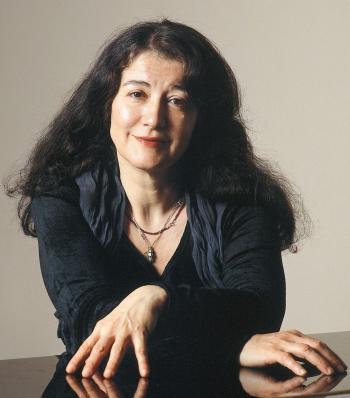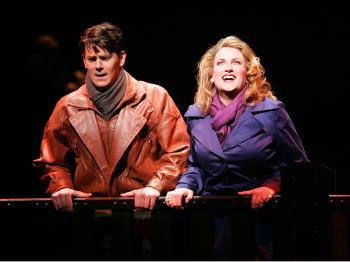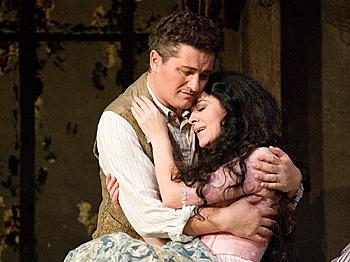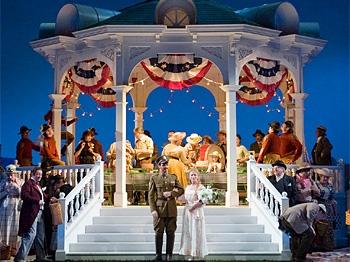SAN FRANCISCO—It’s old meets new in San Francisco Symphony’s recent performances. Conductor Herbert Blomstedt, nearing retirement, gave a brilliant performance with pianist Krystian Zimerman, now at the height of his career. European maestro Fabio Luisi, and his Old World decorum, acted as counterpoint to the bearing of casual American violinist Joshua Bell in a dazzling concert.
Over the past month, San Francisco Symphony has performed a series of concerts with renowned guest conductors and soloists from far and wide. The most recent of these featured the symphony’s own former music director Herbert Blomstedt in a performance of Bruckner’s Second Symphony as well as Lutos&0000322;awski’s Piano Concerto with soloist Krystian Zimerman.
In the preceding concert of the series, guest conductor Fabio Luisi joined forces with violinist Joshua Bell in music by Strauss, Saint-Saëns, Ravel, and Schmidt.






